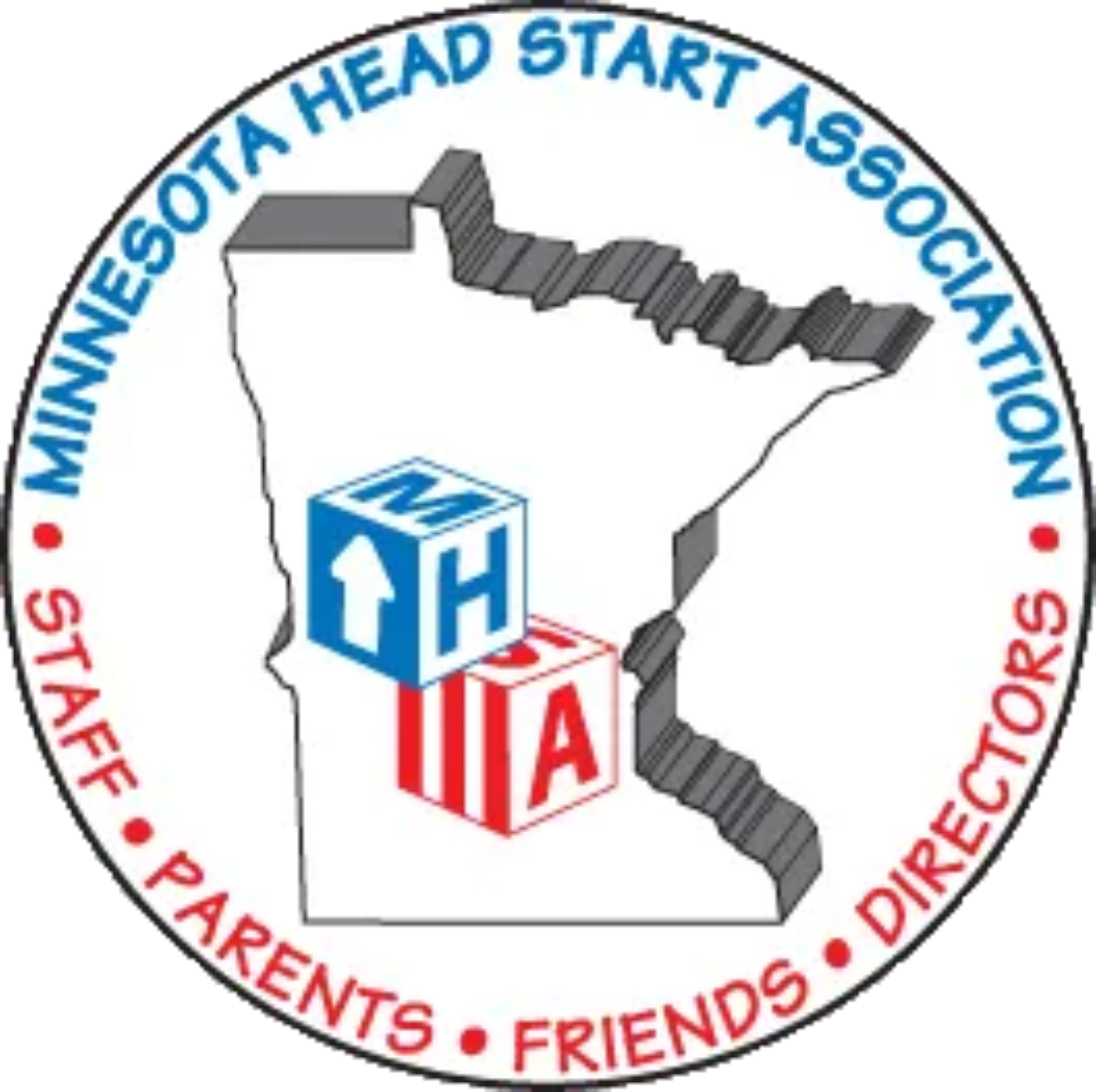Vol. 6 No. 21 (This column published in print in the Minnesota Spokesman-Recorder on 9/26/2019)
In response to the Supreme Court’s 1954 landmark decision in Brown v. Board of Education—which partially overturned Plessy v. Ferguson and outlawed segregation in public schools—many political and civic institutions in the State of Virginia adopted the strategy of “massive resistance.” Inspired by Senator Harry Flood Byrd, who devised the plan, politicians and other community leaders vowed to oppose desegregation efforts at every turn.
While most of the laws that were implemented at the local level in Virginia were soon overturned by state and federal jurisdictions, the campaign against integration waged on for years to come.
Among the subterfuges employed throughout the southern United States was the creation of the “segregation academy.” Segregation academies were private schools established by white communities to ensure that many white children wouldn’t have to attend integrated public schools.
Although another Supreme Court case, Runyon v. McCrary banned these institutions in 1976, such schools exist today. They have either made negligible concessions or have taken advantage of various loopholes that legally keep them in business.
In recent years a new phenomenon has taken shape, and this one is not limited to the American South. A number of recent reports—including those from US News, CBS News, EdBuild, and the Brookings Institution—are shining a light on what some experts have called “school secession.”
School secession essentially amounts to educational “gerrymandering.” This particular trend poses an even greater threat to the already fragile (and in many cases broken) public school districts across the nation.
Writing for CBS News, freelance reporter Aimee Picchi explains: “Secession occurs when communities carve out a new school district from an existing one, often on the grounds of keeping local control over education. New research…finds that the impact is often racial, with the new splinter schools having a student body that ends up being wealthier and whiter that the ‘left behind’ district.”
While it remains unlawful under federal statute to establish a school or school district in order to exclude students based solely on race, the Brookings Institution notes that such efforts are increasingly commonplace as “30 states have laws that outline how schools can split off from their school districts.”
Since the beginning of the 21st century, there have been well over 100 attempts made by local school districts to break off and form their own exclusive districts, the majority of which have been successful. This trend appears to be gaining steam.
Ten districts have successfully seceded in the past two years, and another 17 secessions are currently in progress. Again, while this trend is no doubt present in the South, the fracturing of school districts is also taking place from Indiana to Idaho, New York to California, and Wisconsin to Washington.
It could happen here
According to EdBuild’s 2019 study on the “accelerating breakdown of America’s school districts,” school secession has not made it to Minnesota yet. But let’s consider the potential results if it did happen here.
The most recent data from the Minneapolis Public Schools District reveals that approximately 64 percent of its student body are kids of color. This is in a city that is 62.8 percent white (from the U.S. Census Bureau’s latest American Community Survey). The imbalance is even greater in St. Paul, where students of color account for roughly 79 percent of the public school population in a city that is 55.7 percent white.
Certainly over the years these racial disparities have evolved in large part due to the occurrence of “cultural white flight,” in which white students were withdrawn from public schools and enrolled in private ones.
So what if the parents of public school children in some of the wealthier neighborhoods in Minneapolis or St. Paul sought to carve new school districts from their current ones? Erica Frankenberg, a Penn State professor of education, suggests the result is rather obvious:
Affluent communities can effectively create what amounts to a gated educational community…allowing seceding school districts to keep tax dollars to themselves, rather than sharing revenue more widely with less affluent areas.
Let’s not kid ourselves: Urban public schools all over this country have long found themselves in dire straits. Still, it remains our solemn duty as parents, educators, administrators, civic-minded individuals, and of course students themselves to fight for and demand school equity and equal access to public resources.
Phenomena like school secession, if left unchecked, could prove to sound the death knell to many of our public school systems. It must be resisted.










